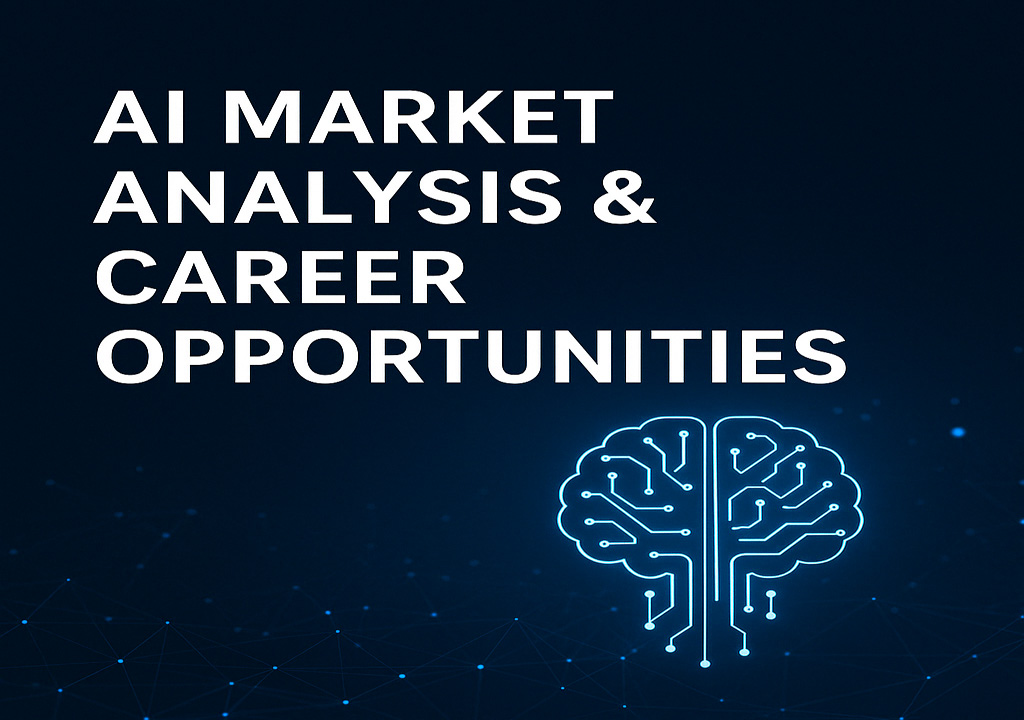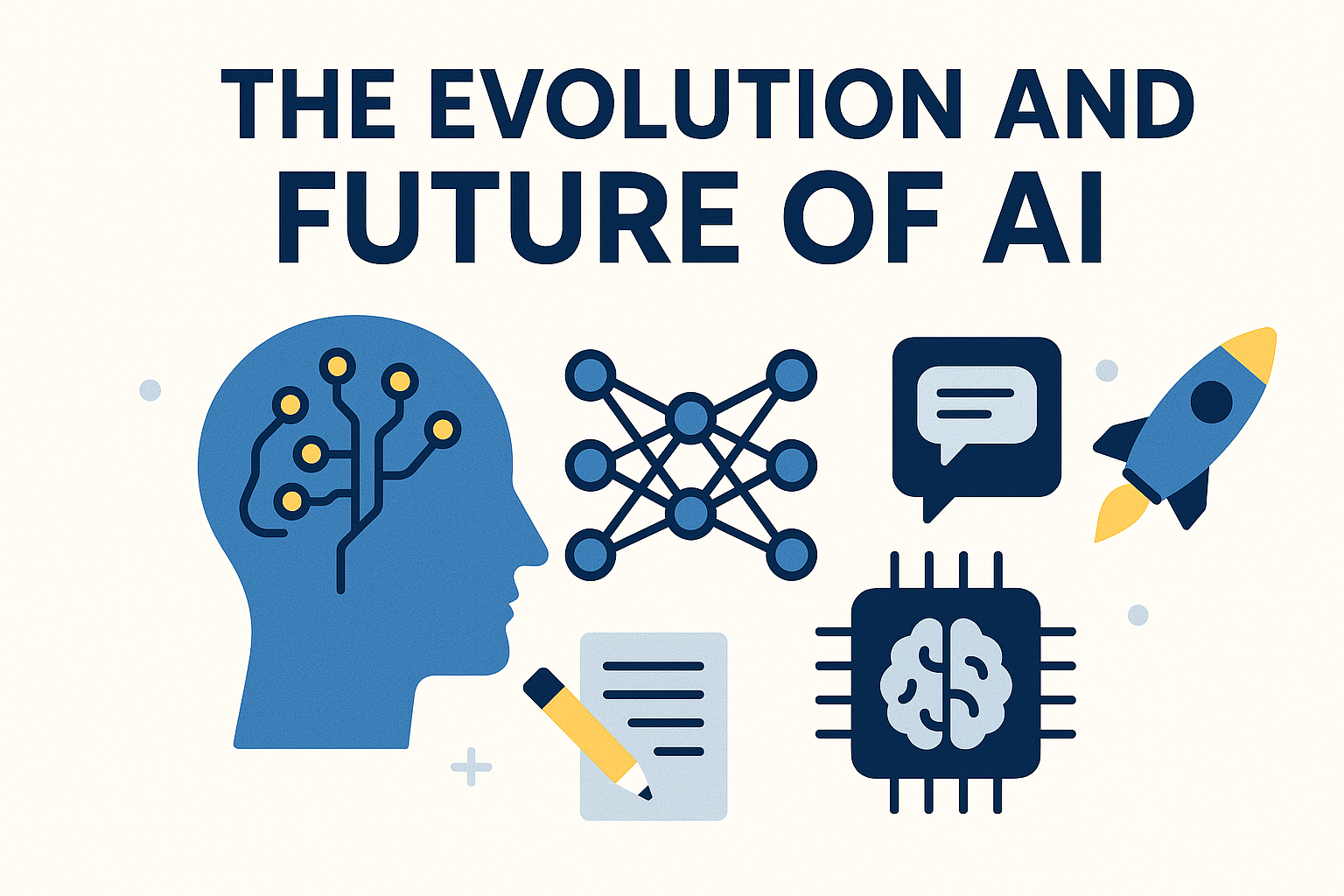The Evolution of AI Engineering: From Rule-Based Systems to Foundation Models
Once upon a time, AI systems were built with handwritten rules—if-then statements meticulously crafted by human engineers who tried to mimic reasoning. These rule-based systems were impressive for their time but brittle and difficult to scale. If the world changed even slightly, the AI didn’t know how to adapt. That’s where the journey of AI Engineering truly begins.
The Rise of Data and Learning
The first major shift came with the rise of data-driven approaches. Rather than trying to encode knowledge manually, engineers began feeding algorithms large volumes of data, letting them learn patterns on their own. This is where machine learning entered the picture. Models could now improve with more data, and engineering became less about writing rules and more about building robust data pipelines, managing features, and evaluating performance.
With this transition, the AI engineer’s toolbox expanded. It wasn’t just about algorithms—it was about data wrangling, experimentation, and iteration. The field became more experimental and empirical.
Deep Learning: New Architectures, New Challenges
Then came deep learning—a transformative leap. Deep neural networks allowed AI to tackle previously unthinkable problems: image classification, speech recognition, language understanding. These models had millions (and now billions) of parameters, demanding new ways to train, tune, and deploy them.
This era also marked the beginning of a more infrastructure-heavy approach. Training deep models required GPUs, distributed systems, and careful resource management. AI engineers now had to understand system design, hardware constraints, and large-scale training dynamics.
Enter MLOps: Bridging Development and Deployment
As models moved from research labs to real-world applications, another bottleneck emerged—deployment. How do you ensure a model behaves reliably in production? How do you monitor performance drift? How do you update models continuously?
MLOps emerged to answer these questions. Inspired by DevOps, it introduced practices and tools to make machine learning engineering repeatable, scalable, and reliable. AI engineering became a cross-functional discipline—part software development, part data science, part operations.
The Era of Foundation Models and LLMs
Today, we’re living in the age of foundation models—massive pre-trained networks like GPT, trained on a broad range of tasks and fine-tuned for specific use cases. These models, particularly large language models (LLMs), have redefined what’s possible with AI.
But they’ve also redefined what it means to be an AI engineer. You no longer need to train models from scratch. Instead, the challenge lies in selecting the right model, fine-tuning it effectively, engineering prompts, integrating with APIs, and ensuring safety and ethical usage.
It’s a shift from building core intelligence to orchestrating intelligence.
The Modern AI Engineer: A New Role Emerges
So, who is the AI engineer today? It’s no longer just a researcher or a software developer. It’s a hybrid role requiring:
- Understanding of ML theory and modern architectures
- Familiarity with data infrastructure and pipelines
- Ability to design systems that scale
- Awareness of ethics, bias, and societal impact
- Skill in deploying and monitoring models in dynamic environments
It’s a tall order—but also a thrilling opportunity.
Looking Ahead: The Future of AI Engineering
As AI continues to evolve, so will the field of AI engineering. Tomorrow’s AI engineers might spend more time curating data than writing code. Or maybe they’ll collaborate with AI agents to co-design systems. Whatever the future holds, one thing is certain: the field will remain at the intersection of curiosity, creativity, and computation.
After all, AI engineering isn’t just about building smart machines—it’s about learning how to engineer intelligence itself.



